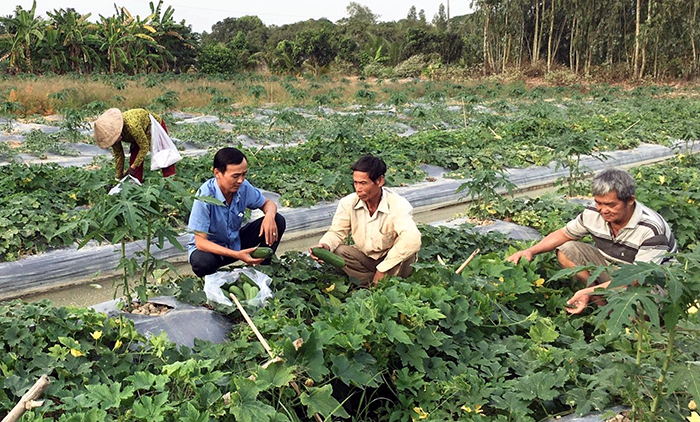
Households in Hung Phu ward borrow capital to grow vegetables and increase income. Photo: Phuong Mai
Applying assistance policies
In 2025, Truong Thanh commune, Can Tho city will synchronously and effectively implement sustainable poverty reduction support policies, creating conditions for poor households to access basic social services and improve living conditions. Specifically, the commune will support the construction of 30 Great Solidarity houses for households facing housing difficulties, with a total amount of 1.8 billion VND; fully provide health insurance cards for the poor and near-poor. Commune associations and unions will manage over 13 billion VND in loans to support poor, near-poor, and newly escaped-poverty households to develop production, small business, etc.
Talking to us in the spacious Great Unity house, Ms. Nguyen Thi Nga - a near-poor household in Truong Thang hamlet, shared: "Since having a new house, my children have been very happy, often inviting friends to study together. My husband and I will try to work hard, save money to renovate the house to be more solid, and take care of our children's education." Her husband is a mason, Ms. Nga has received preferential loans to raise pigs, row a boat to do small business, and earn money to raise 3 children to study. For more than 3 years now, taking advantage of the land behind the house, Ms. Nga has planted 16 durian trees, waiting for them to bear fruit.
Not only Ms. Nguyen Thi Nga, in 2025, the entire Truong Thang hamlet will have 5 households supported to build new houses. Ms. Ly Thi Muoi Hai, Secretary and Head of Truong Thang hamlet, said: "Currently, the hamlet still has 1 poor household and 6 near-poor households. We pay attention to fully implementing support policies, promptly mobilizing support for difficult circumstances when necessary. Thereby, creating motivation for households to rise up and escape poverty sustainably."
According to the survey, currently, Truong Thanh commune still has 9 poor households, accounting for 0.12%; 144 near-poor households, accounting for 1.9%. The commune continues to synchronously implement specific and practical poverty reduction solutions. By the end of 2025, the commune strives to have no more poor households, reducing to 115 near-poor households, accounting for 1.23% of the total households.
According to the People's Committee of Hung Phu Ward, Can Tho City, in recent times, local sectors and organizations have promoted propaganda and implemented poverty reduction programs, contributing to improving people's lives. After the merger, the locality has paid attention to creating conditions to expand production and business models, creating jobs for the poor and near-poor. In 2025, the ward issued 628 health insurance cards to the poor and near-poor; managed over 32.6 billion VND, with 716 poor, near-poor, and newly escaped-poverty households borrowing to develop production and small business... The ward is implementing a plan to review poor and near-poor households in 2025 according to the process, ensuring accuracy, publicity, fairness, and democracy. The whole ward currently has 18 poor households, a rate of 0.12%; 199 near-poor households, a rate of 1.3%. Striving by the end of 2025, the ward will reduce the number of poor households to 10, a rate of 0.07% compared to households.
According to preliminary statistics, the current poverty rate in the city is 0.85%. By the end of 2025, the poverty rate is expected to decrease to 0.63%.
Support to improve quality of life
In 2025, the city's poverty reduction program will be implemented in the direction of multidimensional, inclusive, sustainable poverty reduction, limiting re-poverty and poverty generation. Communes and wards in the city are implementing a plan to review poor and near-poor households, identify households working in agriculture , forestry, fishery and salt production with average living standards and low-income workers, as a basis for evaluating the results of poverty reduction in 2025 and implementing poverty reduction and social security policies in the city.
Responding to the emulation movement "Join hands to eliminate temporary and dilapidated houses", the whole city built and repaired 9,602 houses for poor, near-poor and poor households in ethnic minority areas.
In the 2021-2025 period, in parallel with the synchronous implementation of support policies on housing, loans, healthcare, education, etc., the city will focus on implementing component projects in the poverty reduction program. For the livelihood diversification project, the city will build 449 models and poverty reduction projects, helping poor and near-poor households participate in production development, increase income, and stabilize their lives. For the agricultural production development support project, the city will organize 542 training courses, projects, and models to improve capacity in collective economy, management and operation skills, and application of technical advances; support materials, raw materials, plant varieties, livestock, etc. to improve productivity and production efficiency. Implementing the project of developing vocational education and sustainable employment, the city coordinated to train suitable vocational skills for over 9,380 workers from poor, near-poor and newly escaped poverty households, associated with job creation and sustainable livelihoods; organized 304 job transaction sessions, improved the effectiveness of consulting, connecting labor supply and demand, and solving employment at home and abroad.
According to the Department of Agriculture and Environment of the city, the city's poverty reduction program has been implemented to contribute to promoting socio-economic development, especially reducing the rate of multidimensional poor households each year; at the same time, improving living conditions and access to basic social services of the poor; promoting rural development and economic restructuring in disadvantaged areas through livelihood support, vocational training, job creation and production development. Essential infrastructure systems in poor communes and particularly disadvantaged hamlets have been invested in and improved, contributing to improving the quality of life and promoting new rural criteria. Poverty reduction models associated with collective economic development, organic agriculture, and OCOP have initially brought about efficiency and the ability to replicate. All levels, sectors, and socio-political organizations have strengthened coordination in synchronous implementation of poverty reduction policies; enhanced the supervisory role of the People's Council, social criticism and communication, etc.
MR. PHUONG
Source: https://baocantho.com.vn/ngay-vi-nguoi-ngheo-17-10-chung-suc-vi-muc-tieu-giam-ngheo-ben-vung-a192472.html


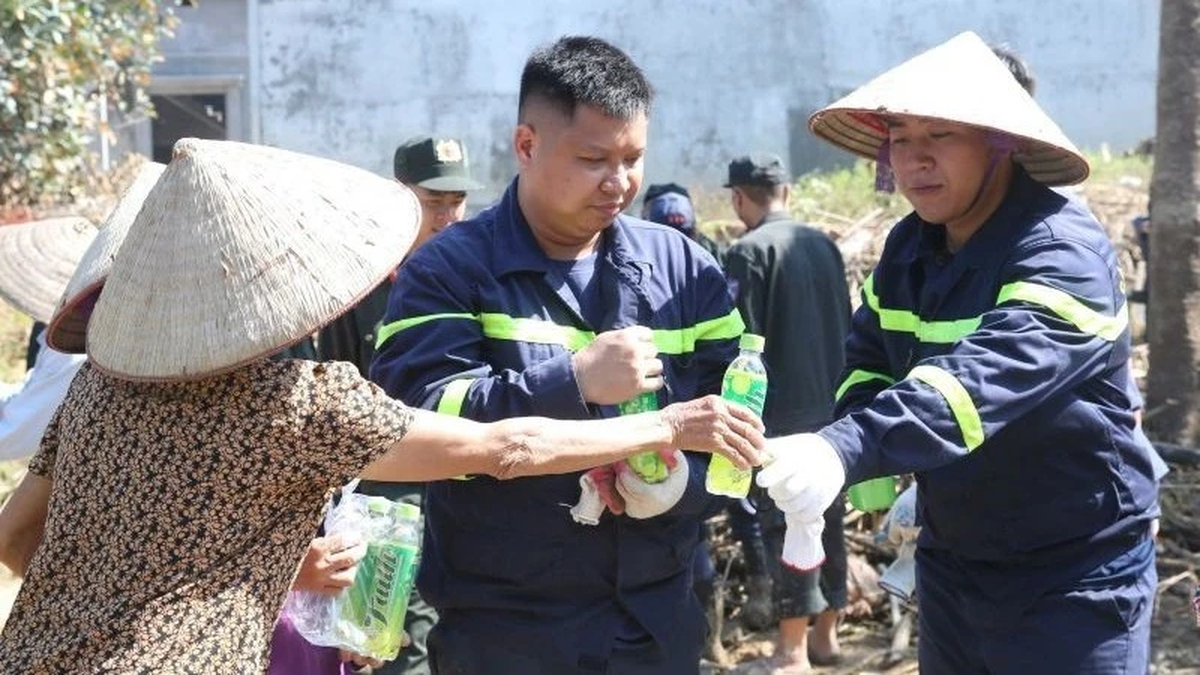
![[Photo] Immerse yourself in the colorful musical world of “Secret Garden Live in Vietnam”](https://vphoto.vietnam.vn/thumb/1200x675/vietnam/resource/IMAGE/2025/10/18/1760805978427_ndo_br_thiet-ke-chua-co-ten-41-png.webp)
![[Photo] Collecting waste, sowing green seeds](https://vphoto.vietnam.vn/thumb/1200x675/vietnam/resource/IMAGE/2025/10/18/1760786475497_ndo_br_1-jpg.webp)
![[Photo] General Secretary To Lam attends the 95th Anniversary of the Party Central Office's Traditional Day](https://vphoto.vietnam.vn/thumb/1200x675/vietnam/resource/IMAGE/2025/10/18/1760784671836_a1-bnd-4476-1940-jpg.webp)
![[Photo] Closing ceremony of the 18th Congress of Hanoi Party Committee](https://vphoto.vietnam.vn/thumb/1200x675/vietnam/resource/IMAGE/2025/10/17/1760704850107_ndo_br_1-jpg.webp)

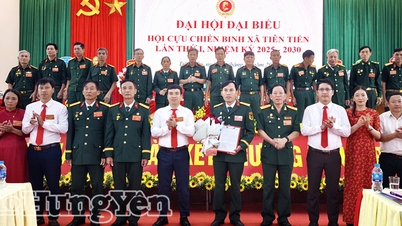

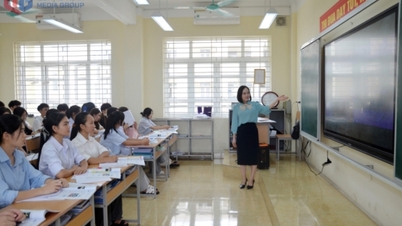

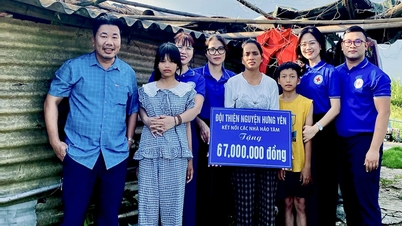


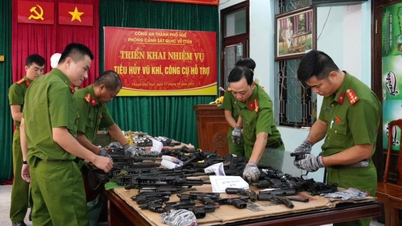

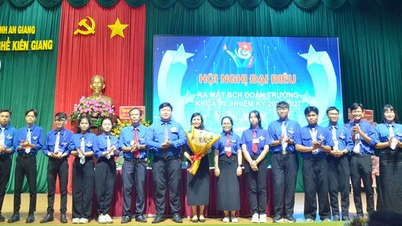






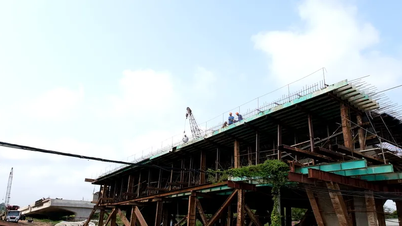
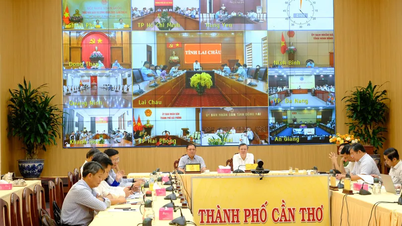
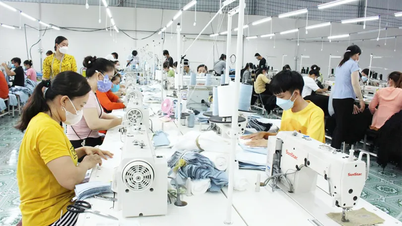
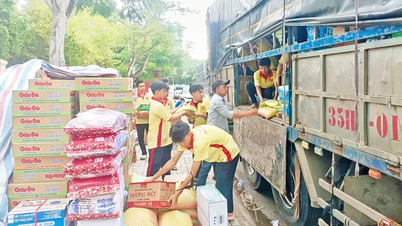



































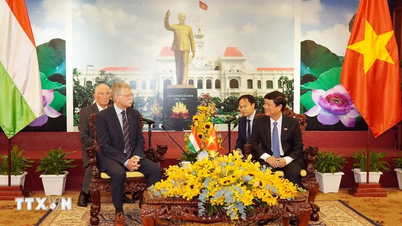





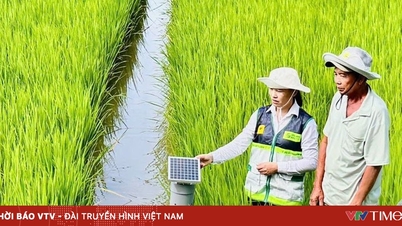
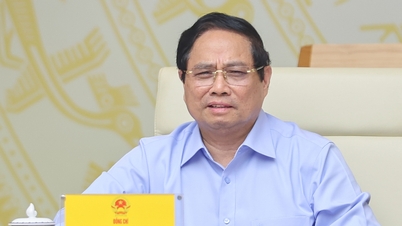
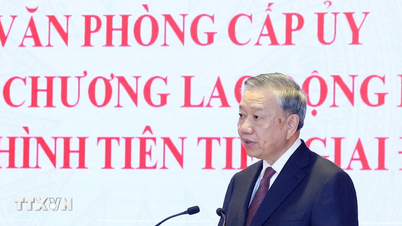







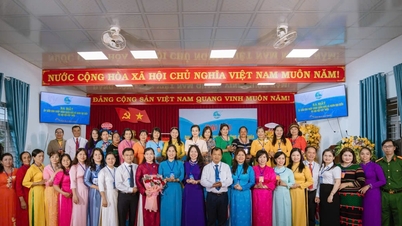

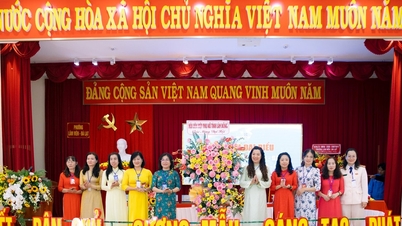



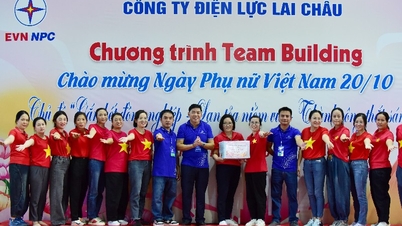

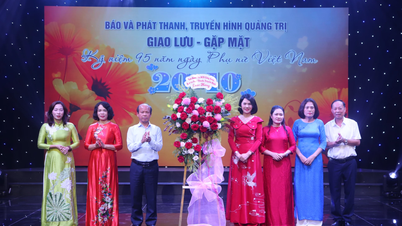















Comment (0)